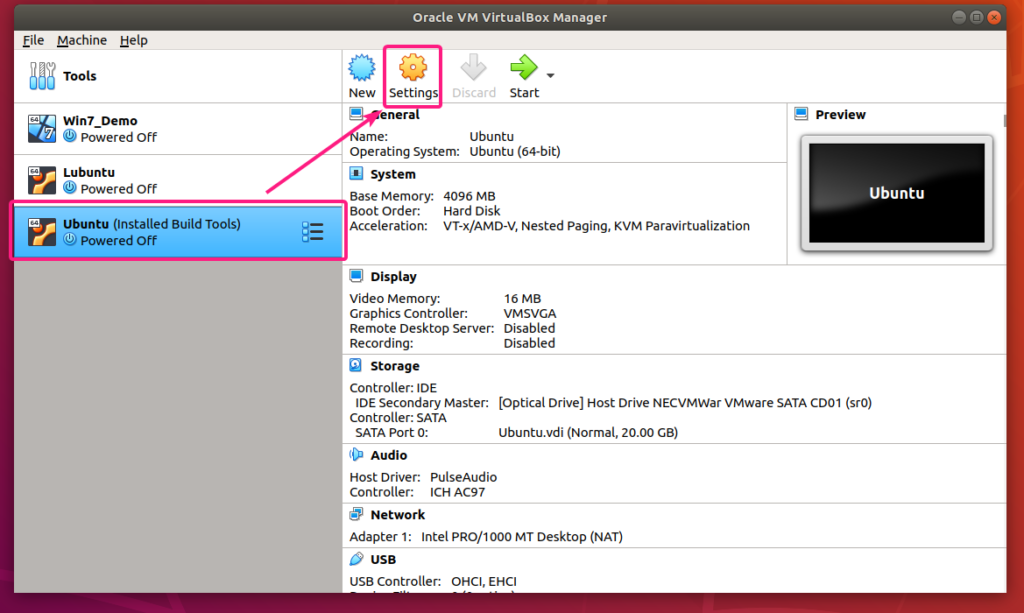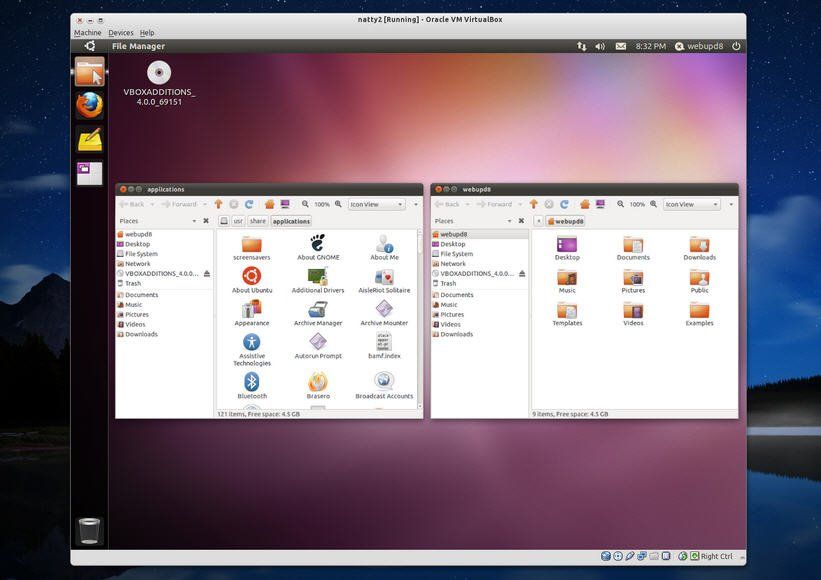
The 23.04 release, codenamed Lunar Lobster, is an interim release and has support for 9 months. When downloading the image from the mirrors, please select a mirror in a location close to you. If you don’t know how to use torrents or for any reason can’t, you can download the image from one of the mirrors. If you know how to use torrents, it is highly recommended and preferred to use torrent downloads. To learn more about the release, please refer to the release announcement, which has links to complete release notes as well as highlights of the improvements in the release. The 22.04 release, codenamed Jammy Jellyfish, is a Long Term Support release and has support for 3 years. And your DHCP server will not appreciate such things.Īside from that, this is pretty much plain sailing next > next > next > finish sort of stuff.īut the video is here for completeness anyway.Latest LTS release: 22.04, Jammy Jellyfish Otherwise we may end up with multiple Virtual Machines that all think they are using the same network card.

It's important to create a unique MAC address - as demonstrated in the video - whenever we are going to clone from this Master Image. That is to say, whenever we are going to create a new Ubuntu Server to run an ad-hoc Ansible command or Playbook against, we will use this Master Image as our starting point.

The biggest point to take away from this video is that we will be using this as our Master Image throughout the rest of this course.

I have shortened some of the sequences to show only the relevant command inputs / choices, rather than making you suffer through watching hundreds of files download one by one. There's not a huge amount to be said throughout this video so much of it is in silent. Install Rancher 2 w/ Terraform & Ansible - Part #3 - Install software on a VPS with Docker & Ansible


 0 kommentar(er)
0 kommentar(er)
